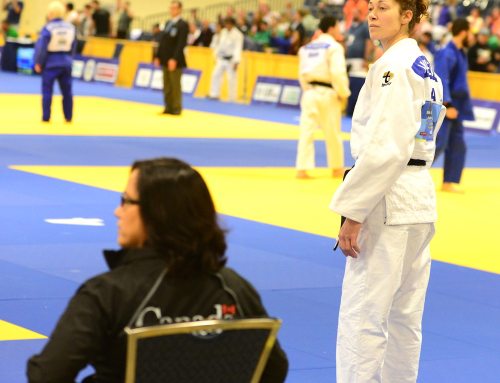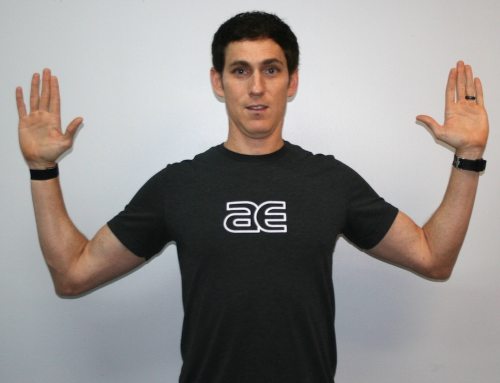
Live Mindfully, Live Fully
By Jeffrey Brantley, M.D., DFAPA
An old college friend of mine is a famous marathon runner. At our recent class reunion, he described to me in detail how he is constantly attending to his present-moment situation, stride by stride, when he is running. “Is my stride long enough?“ “Where does my foot strike?” and “How am I breathing?” are some of the elements of his running that he pays close and conscious attention to.
In other words, as he is running, he intends to be steadily and deeply present and aware of what is happening, moment by moment, stride by stride.
On the other hand, many people try to escape from noticing what is happening in the moment. Just witness the common sight of joggers with earbuds, or striders on treadmills actually reading AND listening to earbuds while their bodies forge dutifully ahead!
The problem with being unconscious about one’s tendency to disengage is that disengagement can become a habitual way of being in relationship (or NOT in relationship) to what is happening – in your mind, heart, and body – as your life is unfolding now, in this moment.
Such inattention and lack of awareness can actually make you more vulnerable to stress, less happy, and less resilient. If your reaction to stress becomes a habitual disengagement or “tuning out,” the option of managing the stress is lost until things become so “diseased” that physical, psychological, or emotional problems may arise, not to be ignored.
Instead of increasing vulnerability to stress, or missing portions of your life by living on automatic pilot, a better alternative could be to develop an effective way to remain present and connected with whatever experience and challenges life presents in each moment. This could include nourishing the compassion, wisdom, and inner strength you need to remain present for the difficult, as well as for the deeply good, in your life.
Such presence could be easier than you think.
Mindfulness is a basic human capacity we all share. It refers to noticing or knowing what is happening in each moment. Mindfulness is non-judging, present-moment centered awareness.
Mindfulness is NOT thinking, but is simply the awareness that recognizes what thoughts are happening. For example, when you wake in the middle of the night and notice your mind is worrying about something, the awareness of the worrying, before you get lost in more thoughts about it, is mindfulness.
Practicing Mindfulness
Everyone has some measure of “natural” or “dispositional” mindfulness, which, like an athletic talent, can be further developed by intentional and systematic “training.” Another name for such training of mind and heart is “meditation.”
Research has shown that individuals who systematically cultivate mindfulness through meditation report and develop a multitude of benefits:
- Reductions in stress
- Increases in reported well-being
- Desirable changes in brain-wave and immune-system function
- Thickening of the gray matter of the brain in regions believed to be associated with awareness and empathy
- Enhanced chemical activity in the brain that is associated with feelings and perceptions of increased control of and reduction in chronic tension, anxiety, and insecurity
There are many methods available to practice mindfulness. A common and powerful one is “mindful breathing.”
You can practice mindful breathing (sometimes called “awareness of breathing”) using the following instructions.
1. Intend to practice mindfulness, and let your attention settle on the place where you feel the sensations of your breathing most easily.
2. Let your body breathe naturally, simply allowing yourself to notice how each breath sensation feels, as it is happening. This is an awareness practice, not a breathing exercise, so you can simply let your body breathe and notice how each sensation feels.
3. When your mind wanders or fills with comments, you have NOT made a mistake. In this practice you do not have to control your thoughts or blank your mind in any way. You don’t have to follow the thoughts, either. When you notice any thoughts, you can just let them be, or let them go.
4. Whenever you notice your mind has wandered from its attention on your breath you have the chance to practice patience and kindness toward yourself, to simply let your mind be the way it is, and gently return your attention to the sensations of breathing.
5. You can practice breathing mindfully for a single breath or for as long as you like.
When you end your meditation, gently notice how you feel and any insights you may have had. You might like to try breathing mindfully in different situations throughout the day and see for yourself how practicing mindfulness more often might help you live your best life.
# # #
Jeffrey Brantley, M.D., DFAPA, trained in and practiced psychiatry, in both community mental health settings and in private practice, for approximately 18 years. He became board certified in psychiatry in 1984, and was elected as a Distinguished Fellow of the American Psychiatric Association in 2008. He is a consulting associate in the Department of Psychiatry and Behavioral Sciences at Duke Medical Center and is the author of “Calming Your Anxious Mind: How mindfulness and compassion can free you from anxiety, fear, and panic “and is the co-author, with Wendy Millstine, of the “Five Good Minutes” series (www.fivegoodminutes.com).





